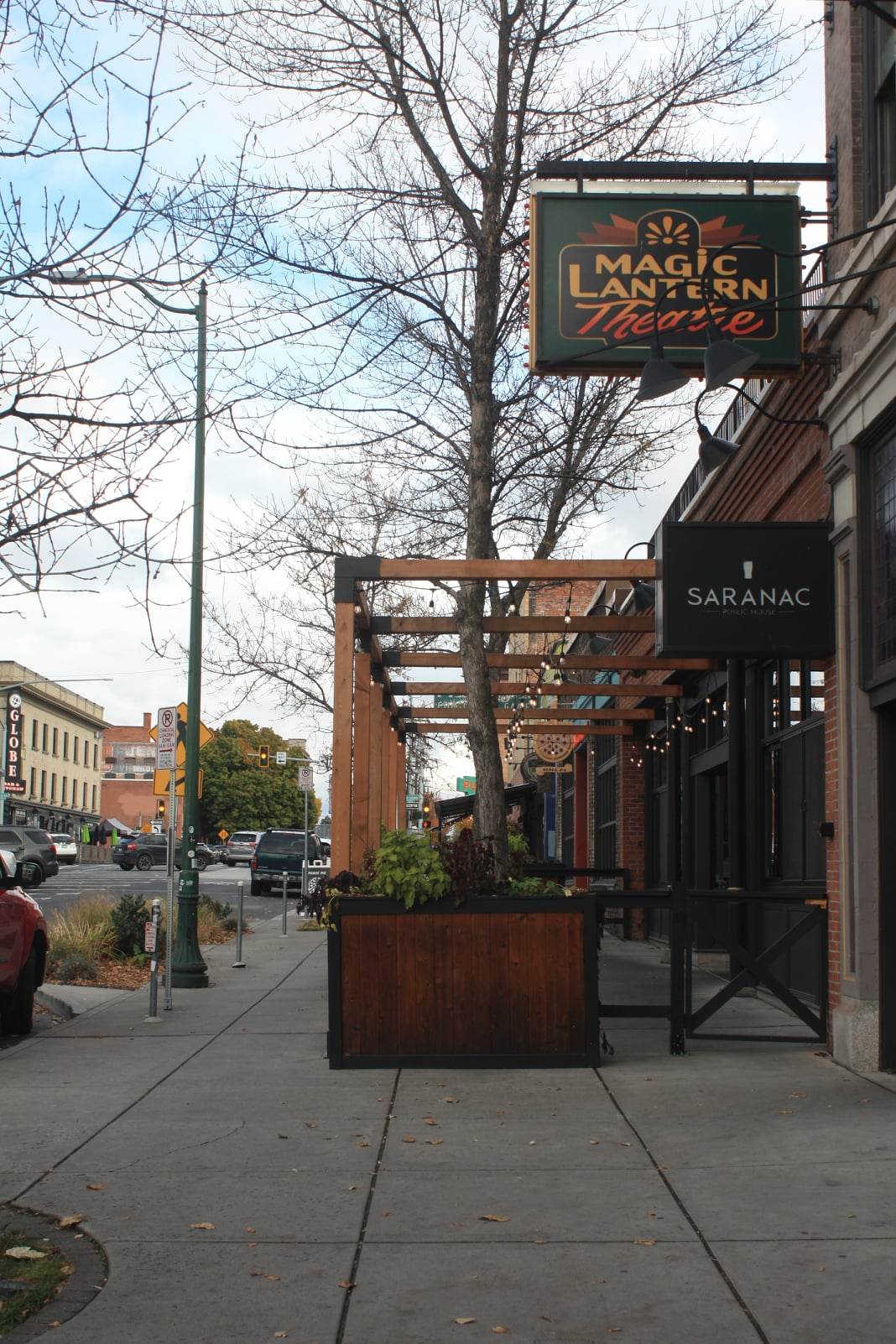Christmas time is most ubiquitous with joy and festivity, after all, it is the “most wonderful time of the year”. But for one in 20 Americans, the coming snowfall and diminishing daylight signal the return for a condition known as Seasonal Affective Disorder, or S.A.D.
Most will go through some type of “winter blues” as the seasons change. The cloudy weather and stress that stems from the end of the semester can lead to feeling downtrodden. What differentiates S.A.D. is its

severity compared to the “winter blues.” S.A.D. is a clinically diagnosable form of depression brought on by the changing of the weather that occurs in the fall and winter months.
According to the National Institute of Mental Health, “To be diagnosed with S.A.D., people must meet full criteria for major depression coinciding with specific seasons (appearing in the winter or summer months) for at least 2 years.” They further add that “Seasonal depressions must be much more frequent than any non-seasonal depressions.”
Symptoms of S.A.D. include sleep problems, lethargy, overeating (with a particular craving for carbohydrates), anxiety, mood changes, and other depressive symptoms. To know if you have S.A.D. a diagnosis from a doctor is required.
The cause of S.A.D. is not fully known but one widely held explanation is a lack of vitamin D due to diminishing sunlight.
In the harsh winters of Alaska, this is especially the case due to the almost total blackout that occurs throughout the winter months. Of course, the disorder is still found in the contiguous U.S. states, but in fewer cases depending on one’s proximity to the equator.
If you observe yourself exhibiting these behaviors, it’s highly recommended that you go speak to a mental health expert to see what your options are. Therapists often recommend a combination of psychotherapy and medication (specifically SSRI’s). Other non-prescription options include taking vitamin D supplement pills to compensate for the missing natural rays from the sun.
Another non-prescription option to make up for the lack of sunlight is light therapy. To begin this process all you need is an artificial lamp that simulates sunlight without producing harmful UV rays. These lamps can be found on Amazon for anywhere between $40 to $150 depending on the quality of the lamp. The most popular brand is Verilux with their aptly named line of “HappyLight” lamps.
It is also recommended by mental health professionals to get as much exercise and outside activity as possible. Getting outside and spending time with friends and loved ones can help reduce feelings of isolation.
Some recommend taking a short vacation to a sunny location if you’ve got the money to spare. However, this can backfire as University of Vermont psychology professor Kelly Rohan noted in a 2005 New York Times article. Rohan states that when it comes to sunny vacations “the problem is reentry. It’s like going to sleep on the fourth of July and waking up on the 24th of December.” Be sure to take this into consideration before dropping your savings on a trip to Fiji.
Thousands of people across the United States suffer from S.A.D. however it’s a very treatable condition that with the proper care attention can be overcome.
